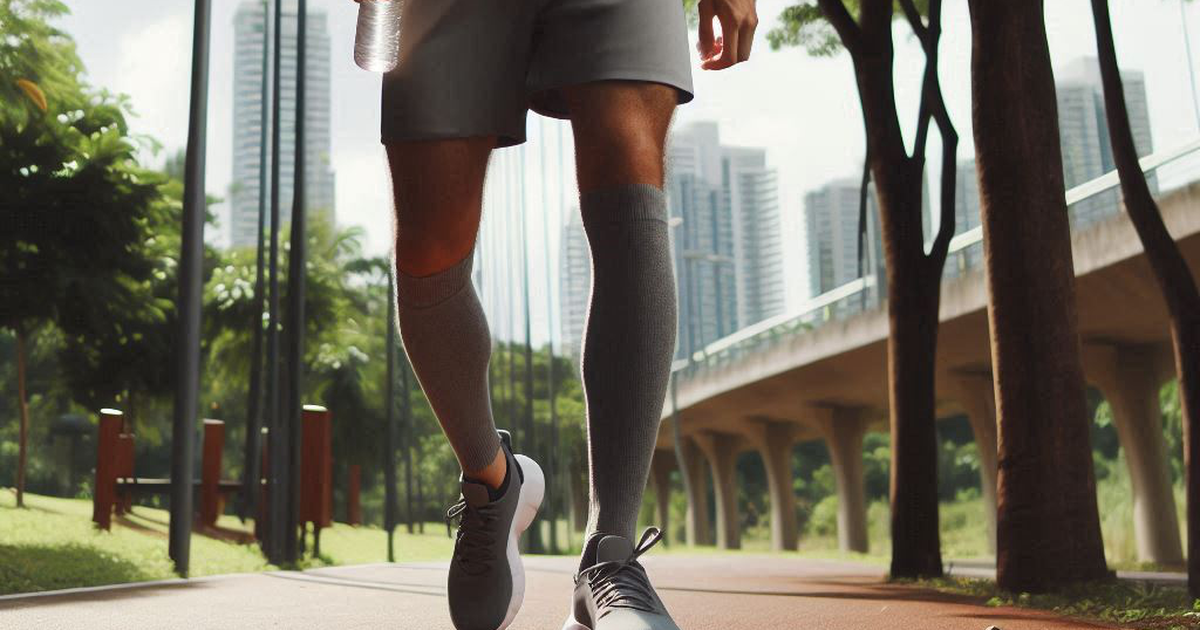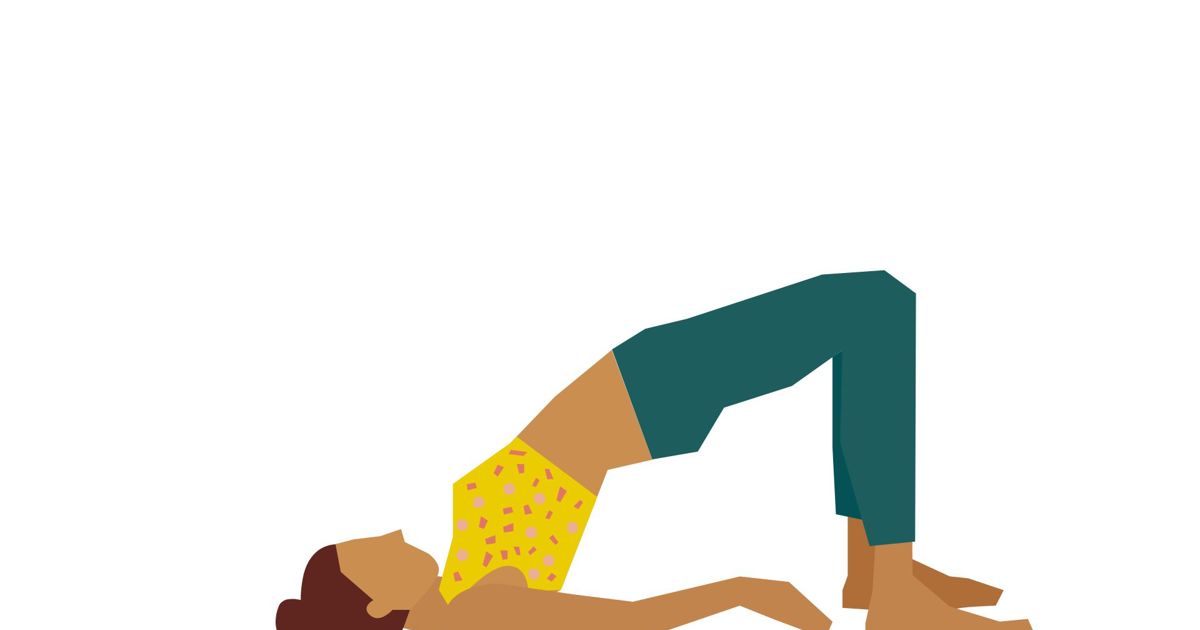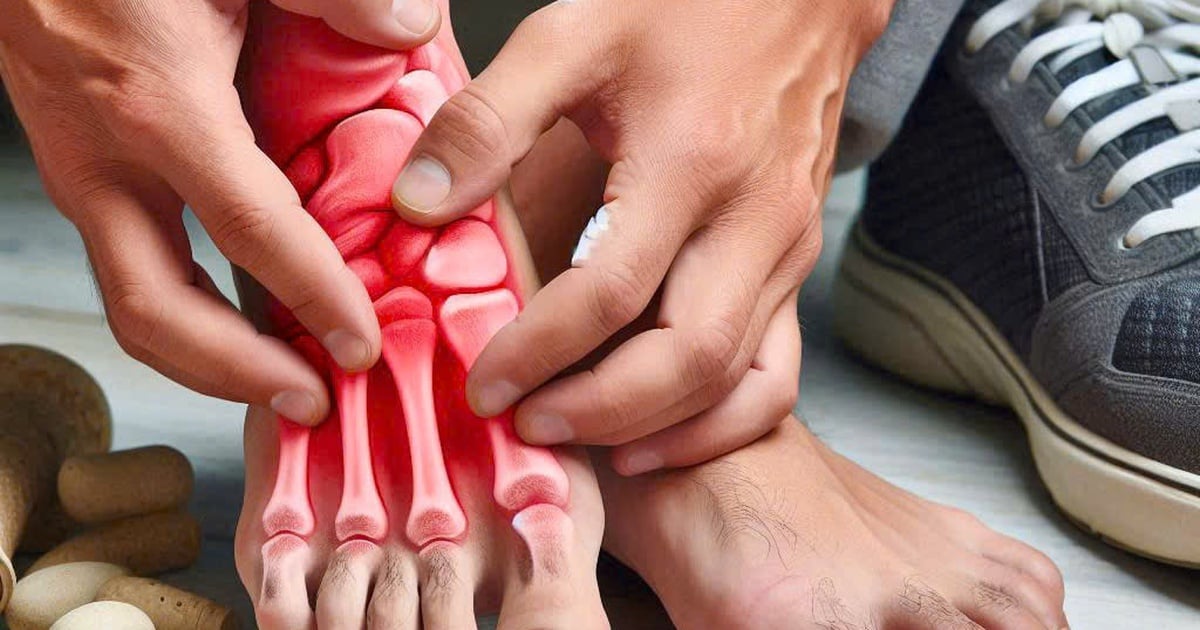People with sciatica can swim, cycle, and practice yoga to reduce pressure on the nerve and reduce pain.
The sciatic nerve runs from the lower back down the leg, responsible for controlling sensation and governing the motor functions of the leg such as walking, standing up, sitting down. Typical sciatica symptoms are pain along the nerve, starting from the lower back through the buttocks, running down the back of one leg. The most common cause is a herniated disc in the lumbar spine.
Dr. Vu Ngoc Bao Quynh, Spine Department, Tam Anh General Hospital, Ho Chi Minh City, said that people with sciatica should limit movement and prioritize rest to avoid impact on the affected area. However, lying down a lot makes the disease worse, possibly leading to paralysis of the lower body. Moderate exercise promotes the release of pain-relieving and anti-inflammatory endorphins. Exercise also controls weight, thereby reducing pressure on the discs, spine and spinal cord.
Here are some good sports for people with sciatica.
Cycling
Cycling stretches and relaxes tense muscles in the spine, and is less taxing on the spine than many other activities. However, it is important to choose the right size bike and adjust the saddle and handlebars as needed. Cycling should be done on flat terrain, as rough terrain increases shock and pressure on the spine. Cycling outdoors or using a stationary bike in the gym provides the same pain relief.
Walk
The muscles that support the spine include the core, back, and leg muscles. When you walk, these muscles actively work and contract, helping to increase muscle strength and thereby stabilize the spine. Weak muscles due to a sedentary lifestyle can cause spinal misalignment, leading to fatigue, degeneration, and pain over time.
Regular walking also helps nourish healthy cartilage, increase flexibility and strength of bones and joints, making bones and joints stronger, improving mobility. Improving the strength of muscles in the legs, back, abdomen; increasing the elasticity of the spine and joints are the benefits that walking brings to people with sciatica.
However, when the sciatic nerve is severely compressed, walking can make symptoms worse. Patients should consult a doctor before exercising.

Doctor Quynh consults patients about bone and joint health. Photo: Tam Anh General Hospital
Yoga
Yoga movements help stretch muscles, relieve pressure on nerves, and promote better blood circulation. Suitable exercises for people with sciatica include:
Knee to chest exercise : The patient starts by lying on his back with both legs straight. Then bend one leg, using both hands to pull this leg towards the chest until feeling a stretch in the lumbar region.
Lying on your back , gradually straighten your arms until you feel a stretch in your back, making sure your lower back is tucked in and your hips and pelvis are not lifted off the floor. Hold this position for a few seconds, then return to the starting prone position.
Abdominal strengthening exercise : The patient lies on his back, bends both knees, so that the soles of the feet are on the floor. Slowly lift the head and shoulders off the floor, trying to touch the knees with both hands, hold for a few seconds, then return to the starting position.
Swimming
When swimming, the buoyancy of the water reduces the load on the body's skeleton, limiting the pressure between the vertebrae, thereby reducing the pressure on the discs. At this time, the nerves are less compressed, reducing pain.
Swimming also strengthens the muscles around the spine, making it more flexible and healthy, slowing down the aging process of the spine and discs. Patients should choose gentle swimming techniques, avoiding the butterfly swimming position because it can make the pain worse.

Swimming significantly reduces the pressure on the vertebrae and nerves. Photo: Freepik
Dr. Quynh recommends that patients exercise at a moderate intensity, about 20-30 minutes a day to achieve effectiveness and limit injuries. Before starting any exercise, you should spend 10 minutes gently warming up the body.
Exercise at a low intensity to get your body used to it, then gradually increase it to suit your endurance. Patients should talk to their doctor to choose exercises, plan their exercise, and see a doctor immediately if they feel anything unusual.
Phi Hong
Source link


































































Comment (0)